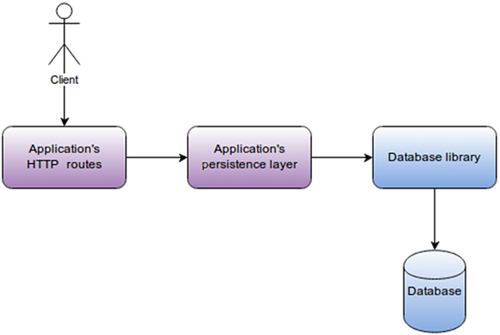Chapter 10. Working with a database
This chapter covers
- Working with persistent data in a Scalatra application
- Introducing the Slick library and integrating it into a Scalatra application
- Creating a persistence layer using Slick’s table models, queries, and DBIO actions
In this chapter, you’ll work with persistent data in a Scalatra application and use the Slick library. Slick integrates relational databases in the Scala language, providing a type-safe query language.
A database is typically used by an application to store persistent data. That way, the data can be efficiently queried, loss of data can be minimized, and scaling the database is possible. The application doesn’t talk to the database directly, but uses a database library that provides methods for querying and updating the database.
Scalatra has no built-in support or preference for a specific database system or database library. In principle, all databases that provide a connector library for the JVM can be used.
This chapter shows how you can integrate the Slick library in a Scalatra web application and includes a tutorial on using Slick. Interaction with the database is often abstracted away in the application architecture and encapsulated in a persistence layer. This is shown in figure 10.1.
